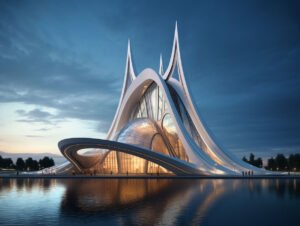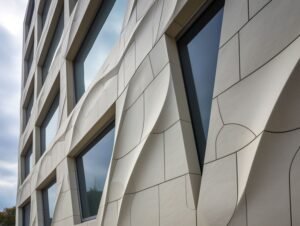
The Best GFRC Manufacturers in Vietnam
GFRC has already become one of the most popular forms of concrete, taking the construction world by storm all over the globe. As it has seen a significant improvement compared to traditional concrete, this material has continuously replaced its use in several architectural projects. Well, it is easy to see why. This concrete alternative is much lighter. It is 50% less weight than other masonry materials. It also features a high strength-to-weight ratio, making it cost-effective for higher-elevation uses. In addition to that, it is more affordable to use and can be applied anywhere. And to convince you more of its limitless usage, you can use GFRC in concrete countertops, wall panels, concrete dining tables, fireplace surrounds, and outdoor furniture. That said, it is no surprise that GFRC products are widely used in Vietnam. So, if you are looking for the best GFRC manufacturers in the country, you come to






